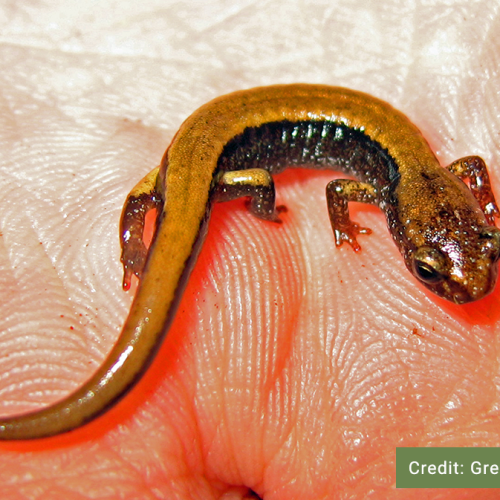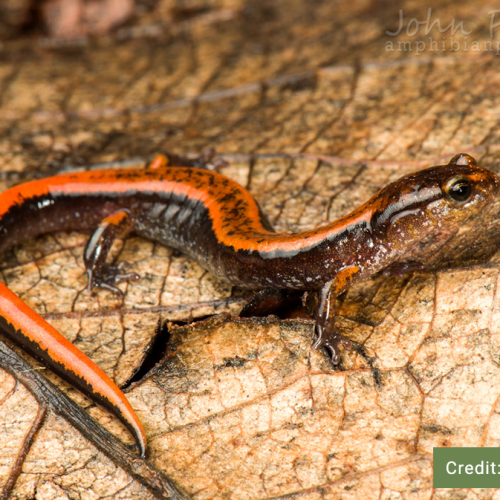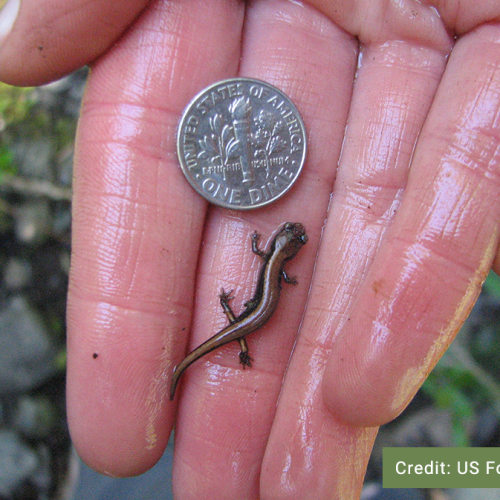Credit: Will Brown
Western Red-backed Salamander
Plethodon vehiculum
Description
Other names: Western Redback, Redback Salamander
Western Red-backed Salamanders are a small, slender, and short-legged salamander species that are primarily terrestrial. They have a long head with a rounded snout and a red/orange dorsal stripe with smooth edges that extends from the head to the tip of the tail. The rest of the body is dark brown to black with ‘salt and pepper’ speckling throughout. Individuals generally have 15 or 16 costal groovesDefinition:Grooves along the sides of a salamander’s body that increase the surface area of the skin and creates channels for water to flow and collect on their body. This is important to prevent their skin from drying out., though they may range from 14 – 18. Male Western Red-backed Salamanders have enlarged teeth and vent flaps. Juveniles are similar looking to adults, but with brighter colouring.
Listen to the Indigenous words for “salamander” here!
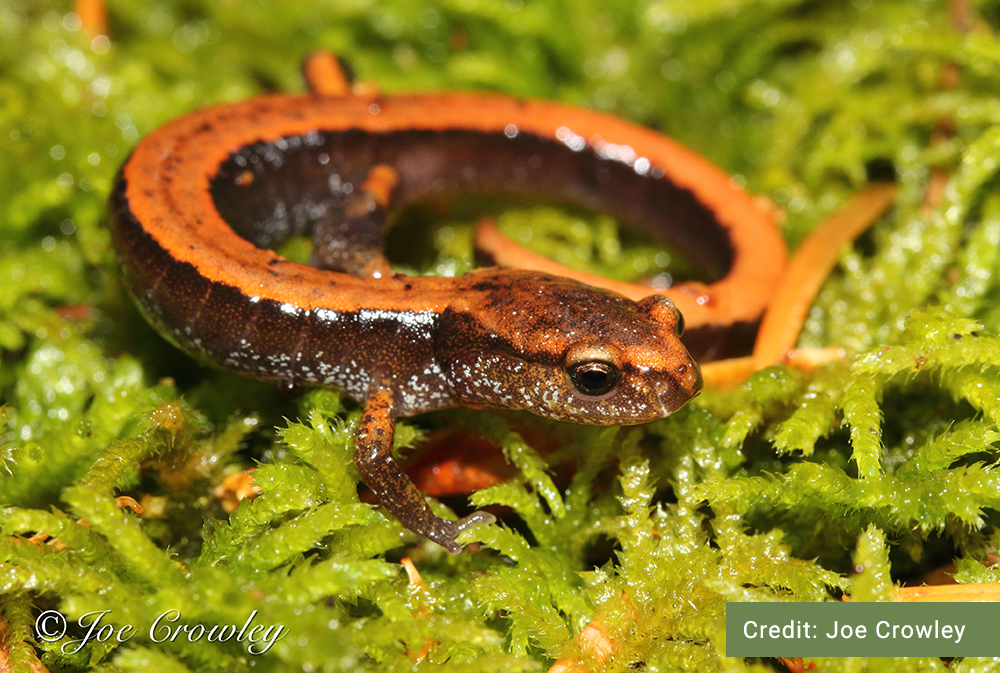
Similar Species
The Western Red-backed Salamander may be confused with other salamander species that also have a bright dorsal stripe, like the Coeur d’Alene Salamander and the Long-toed Salamander. The Coeur d’Alene Salamander’s dorsal stripe has uneven edges, and they have 14 costal groovesDefinition:Grooves along the sides of a salamander’s body that increase the surface area of the skin and creates channels for water to flow and collect on their body. This is important to prevent their skin from drying out., distinct parotid glandsDefinition:An external skin gland on the back, neck, and/or shoulder of some toads, frogs, and salamanders, usually visible as a bump. It can secrete a number of milky alkaloid substances which help deter predators., and are heavier-bodied than the Western Red-backed Salamander. The Coeur d’Alene and Western Red-backed Salamanders also do not overlap in their range in British Columbia. The Long-toed Salamander has a wavy-edged dorsal stripe that is typically green, yellow, or light orange and not red. Long-toed Salamanders are also heavier-bodied and have characteristically long toes on the hind feet, compared to Western Red-backed Salamanders. Melanistic individuals (i.e., lacking a dorsal stripe) of Western Red-backed Salamanders and Long-toed Salamanders occur.

Long-toed Salamander

Western Red-backed Salamander
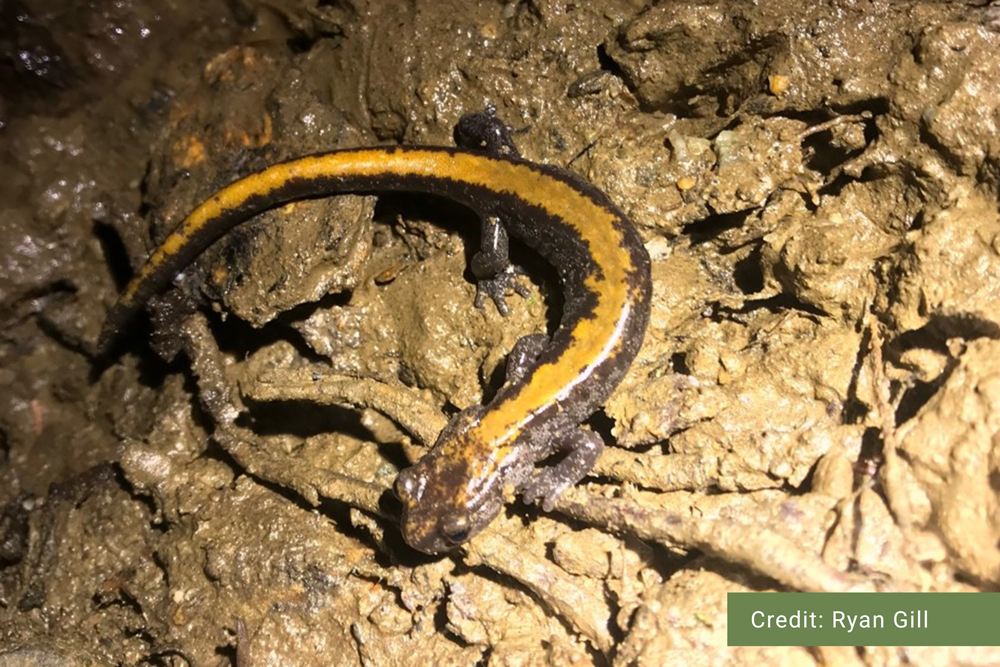
Coeur d’Alene Salamander
Distribution
Habitat
Reproduction
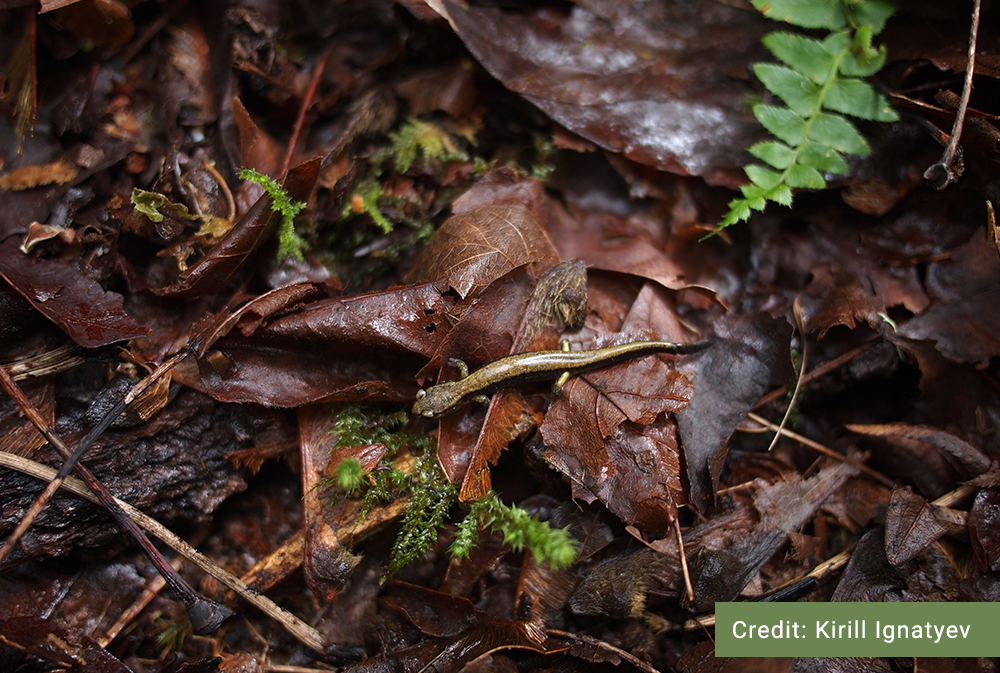
Diet
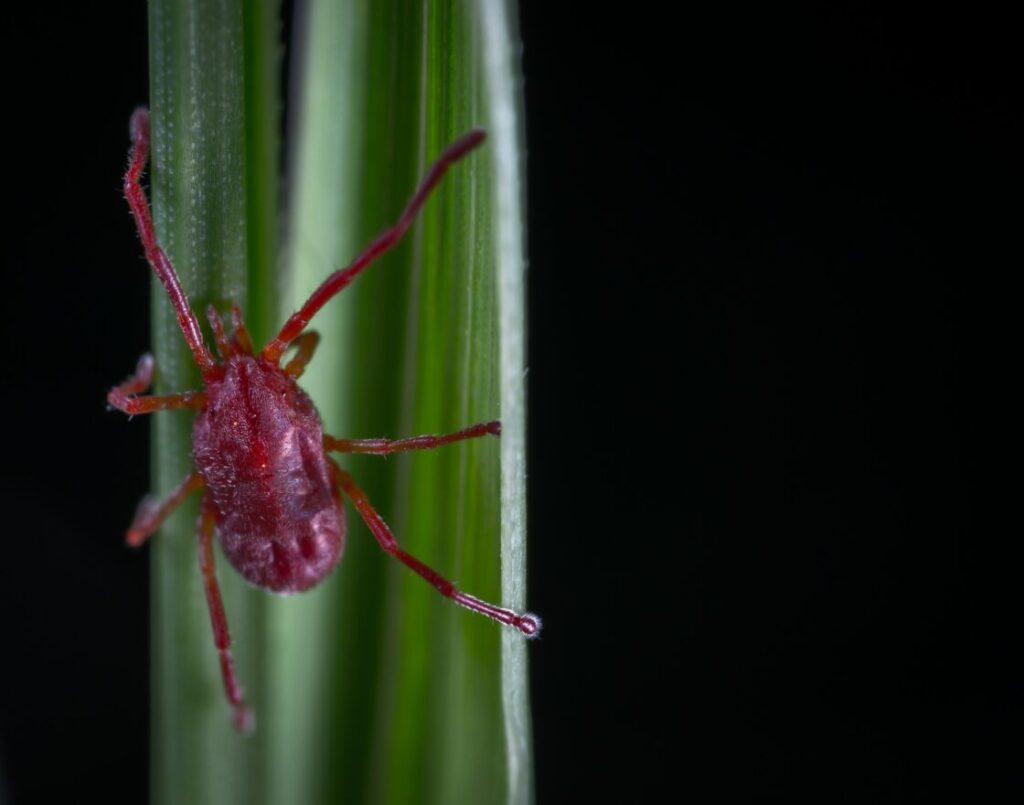
Conservation Status
Global: G5 (2016)
COSEWIC: NAR
Provincial: S4 (2016)
BC List: Yellow
Learn more about conservation status rankings here
Threats

Did You Know?
Western Red-backed Salamanders can ‘communicate’ with each other through a series of body postures, and by scent-marking.
Species Account Author: Marcus Atkins
B.C. Conservation Data Centre. 1995. Species Summary: Plethodon vehiculum. B.C. Minist. of Environment. Available: https://a100.gov.bc.ca/pub/eswp/ (accessed Jun 14, 2021).
B.C. Conservation Data Centre. 2016. Conservation Status Report: Plethodon vehiculum. B.C. Minist. of Environment. Available: https://a100.gov.bc.ca/pub/eswp/ (accessed Jun 14, 2021).
B.C. Conservation Data Centre. 2021. BC Species and Ecosystems Explorer. B.C. Minist. of Environ. Victoria, B.C. Available: https://a100.gov.bc.ca/pub/eswp/ (accessed Jun 14, 2021).
Ovaska, K. 2007. Monitoring a population of the Western Red-backed Salamander (Plethodon vehiculum) in Goldstream Provincial Park, Vancouver Island, BC. Report prepared for Goldstream Provincial Park, Victoria, BC. 9pp. + appendices.
Matsuda B.M., D.M. Green, and P.T. Gregory. 2006. Amphibians and Reptiles of British Columbia. Royal BC Museum, Victoria, B.C., Canada.


